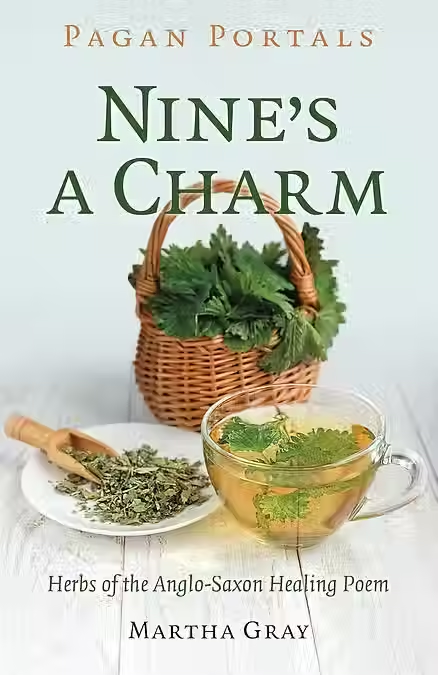Orchids by Vanessa Armstrong
- Kitchen Witch

- Oct 4, 2018
- 3 min read

I’m generally not a fan of houseplants – my windowsills aren’t wide enough and those that are don’t see the sunshine much and they almost always die on me. That hasn’t stopped me from owning a few over the years – I’m on my second pot of Aloe Vera which was gifted to me by a lovely friend (fingers crossed this one will be OK – there are 2 new babies sprouting up, so all good at the moment) and for my birthday, I was gifted an Orchid.
I’m one of those people that waters her plants when the earth is a bit dry – that’s what you do isn’t it?? Although I understand Orchids are supposed have a bit more love and attention, but mine have always given me a beautiful array of colours for several months and have even sprouted new stems with yet more blooms, so I must be doing something right.
It’s about the 4th orchid that I have owned – the other 3 did eventually give up the ghost despite me reading up on what I should do once it’s finished flowering. The guidelines don’t tell you what to do if it starts to wither and there is no sign of life coming from the pot.
Although this one has finished flowering, its looking well and I’m hopeful there will be more beautiful blooms to see.
Orchidaceae to give it its botanical name is one plant that is home to over 28,000 varieties! This is broken down into about 763 genus or sub species, but that figure is astounding!
Orchids are a perennial and they can be found almost everywhere apart from areas where there are glaciers. The area that has the most orchids is the tropics, where most of them grow on rocks or other shrubs and rocky soil. That’s probably explains why they come in pots with mostly roots and little soil.
Orchids come in many varieties of colour and flower shapes – all stunningly beautiful. Orchids have been around for many years – an extinct stingless bee was found trapped in amber dating back from 15-20 million years ago. Pollen on the bee’s wings was that of a species of orchid. Amazing how they find these things out isn’t it?
Although there has been evidence of orchids being around much longer than that. Genetic sequencing suggests that orchids could have been on this earth 100 million years ago!
What was very interesting to learn is that vanilla is from a species of orchid – that I didn’t know!
Orchids have been used in medicine for a number of years too. The Chinese were documented using orchids for medicinal purposes as early as the 28th century BCE. Today it is used mostly in tea making to promote good eyesight, a good immune system and to help treat cancer.
In Turkey, it is made into a tea called Salep, which is a type of flour which is then, I presume, mixed with a liquid to form a tea which is then used to treat gum disease, diarrhoea, digestive problems and sore throats.
The orchid itself has its own wonderful symbolism – it is said to represent gentleness and wildness.
Each colour orchid has its own unique symbolisms. White orchids represent purity and clarity. Pink for love and healing, Purple for power. Not unlike what we would use in our own colour magic workings.
Other words that are associated with orchids are:
Passion
Elegance
Sexuality
Creativity
Harmony
Expression
Attraction
Connection
Spirituality
Abundance
When the orchid flowers drop off, dry and keep them. They can be used in spells, charm bags, power wheels or added to incense for any of the above intents.
Ruling Planet – Venus
Element – Water
Gender – Feminine
References www.whats-your-sign.com A Kitchen Witch’s World of Magical Plants and Herbs – Rachel Patterson
Photo by Bernard Hermant on Unsplash






Comments